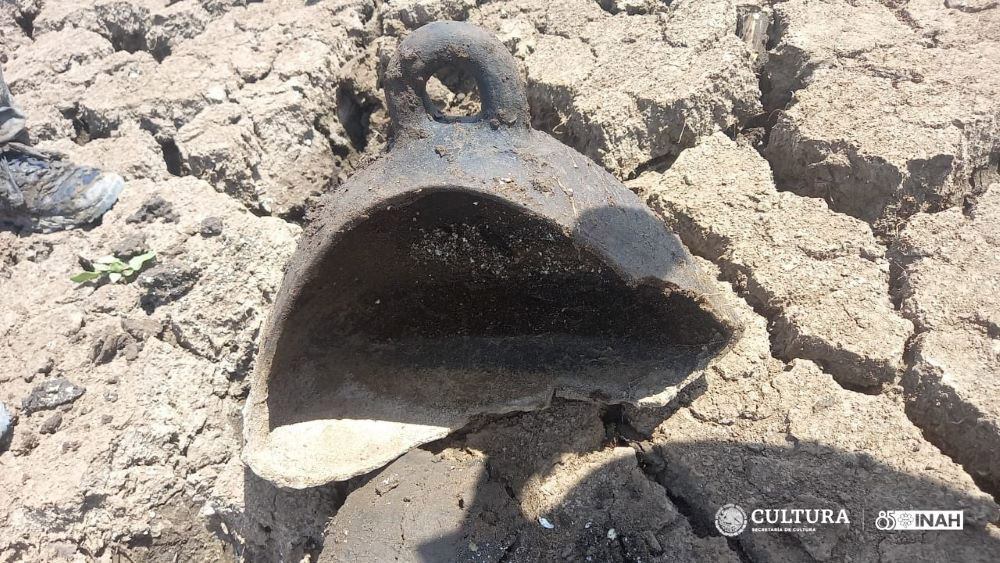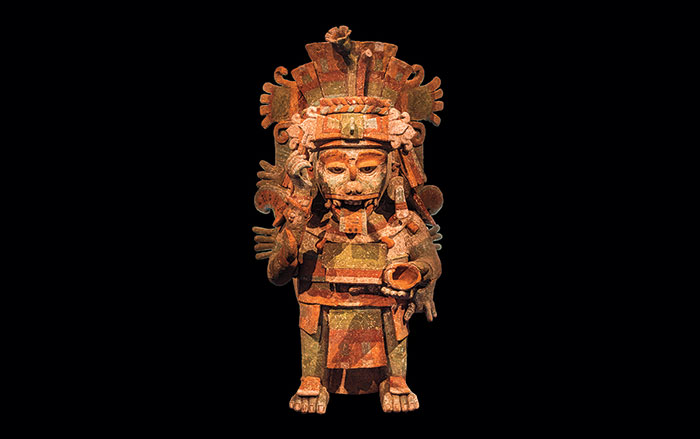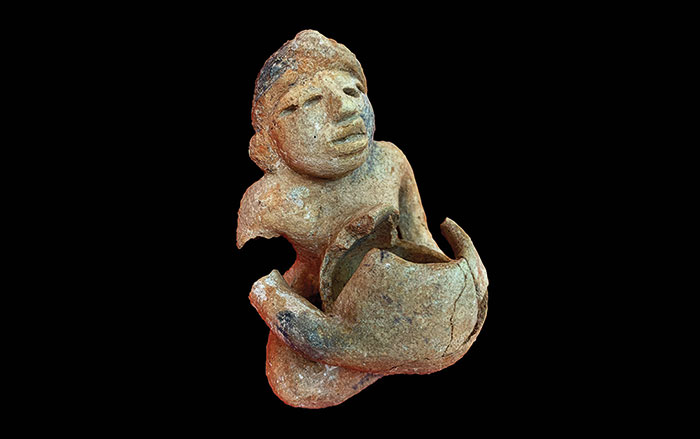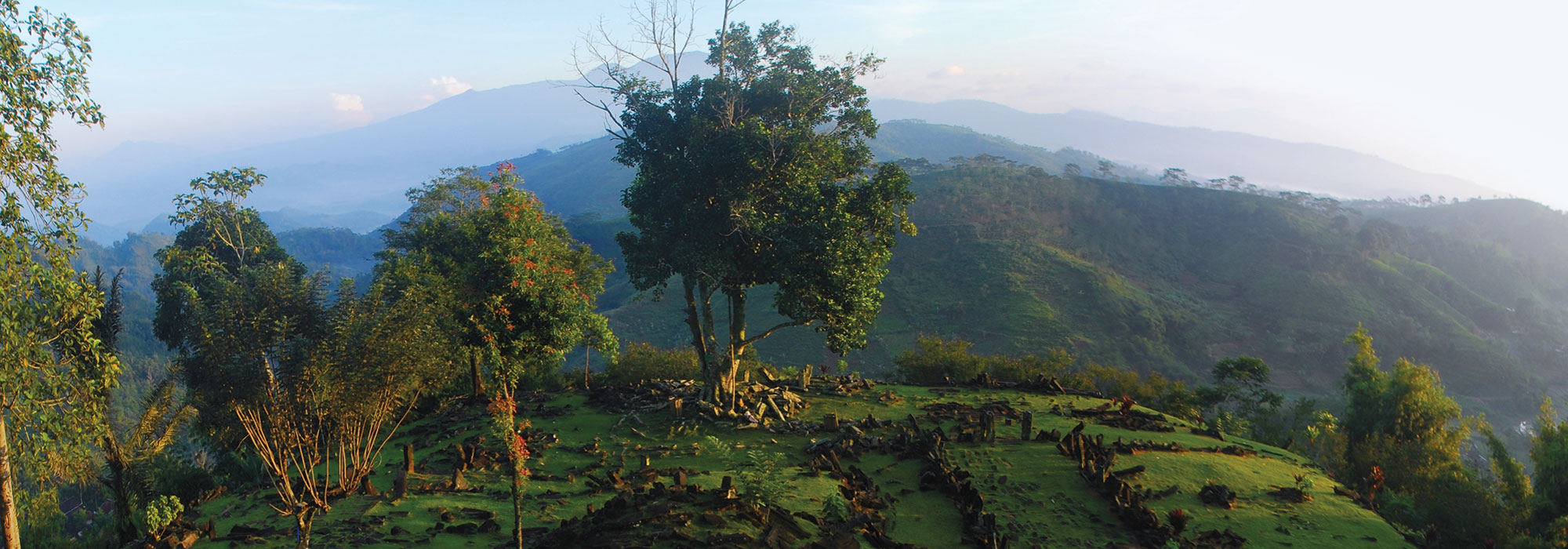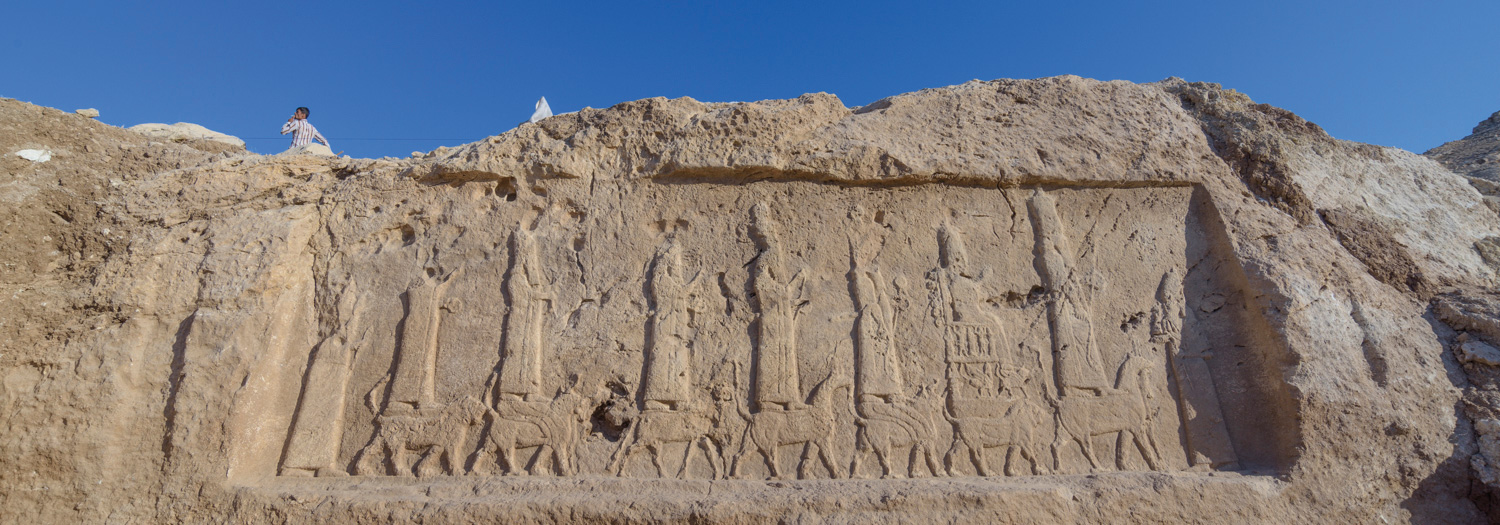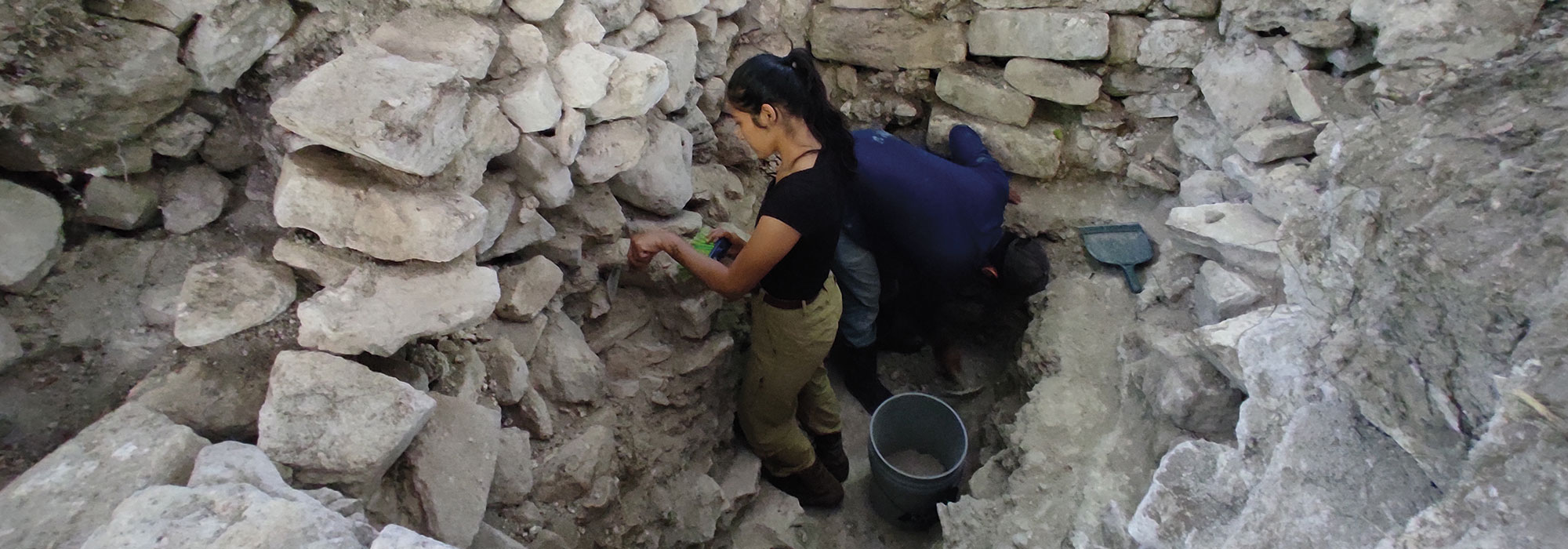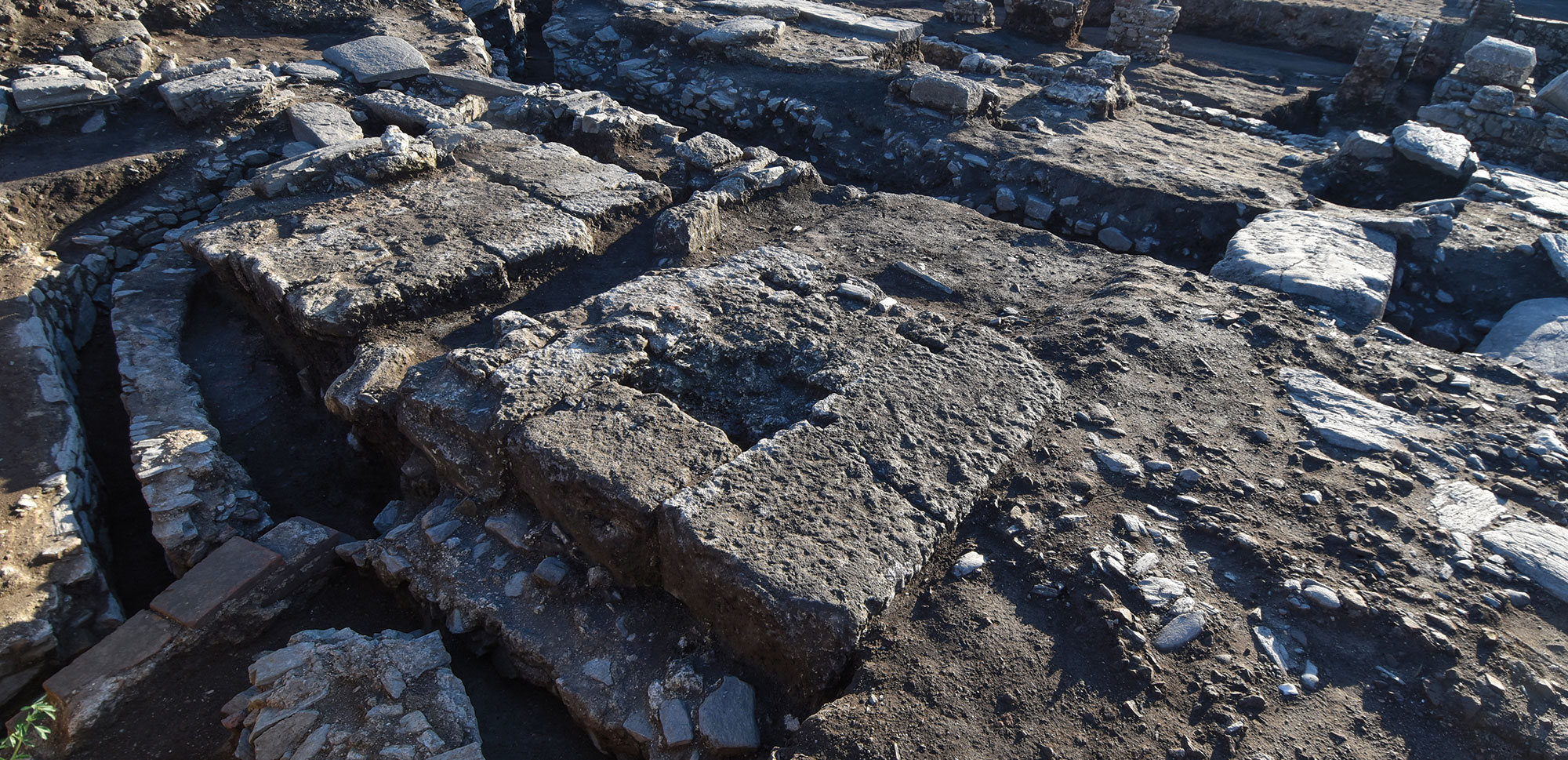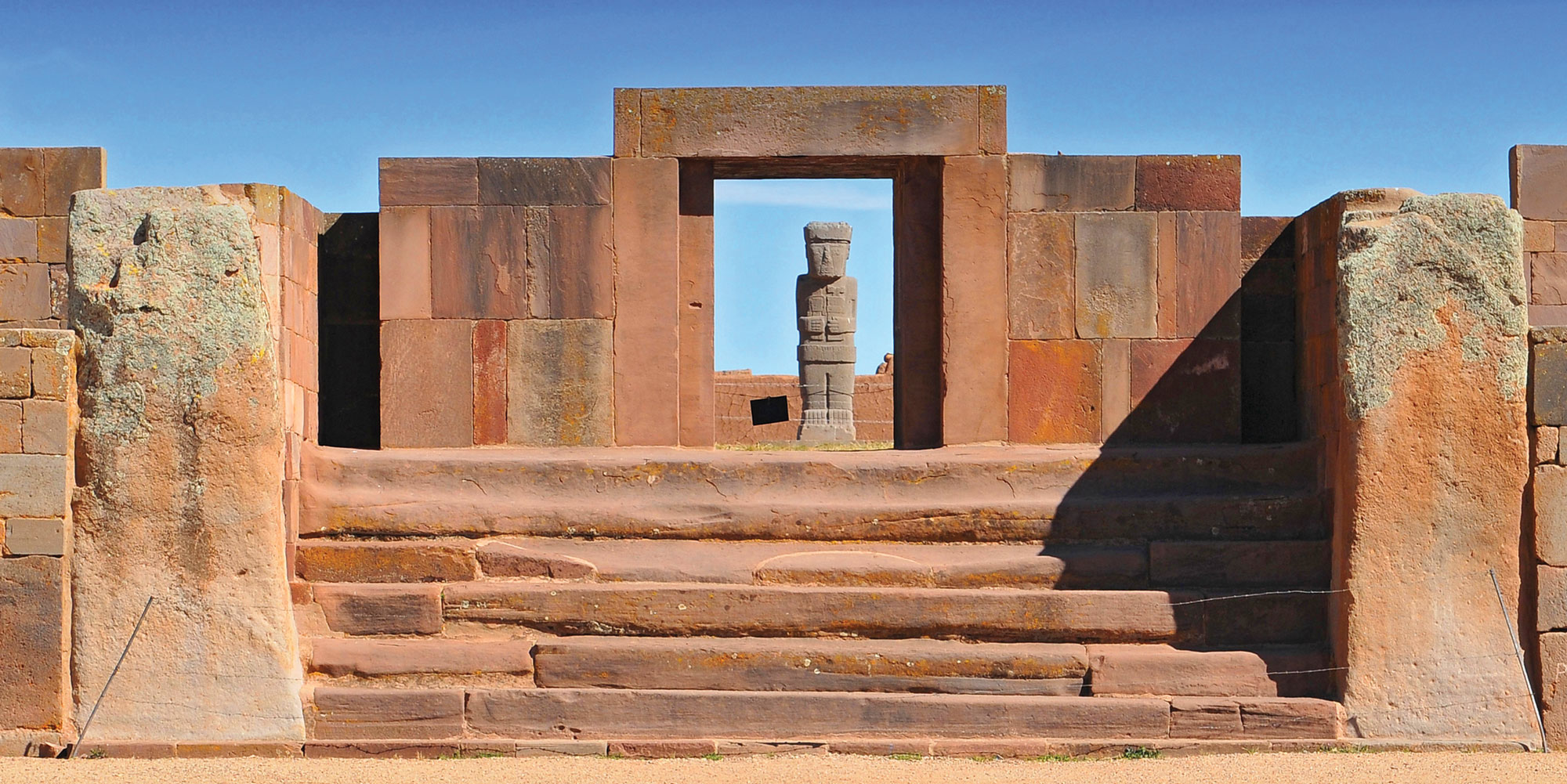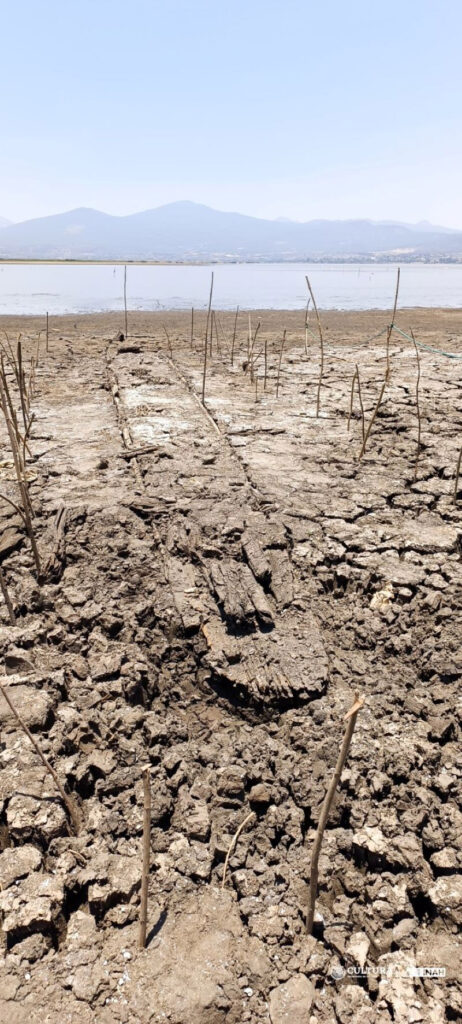
MICHOACÁN, MEXICO—Mexico News Daily reports that a cleanup project in western Mexico’s drought-stricken Lake Pátzcuaro recovered a traditional canoe of the Purépecha people, known as a tepari. The vessel, which was stuck in hardened mud, measures nearly 50 feet long and was loaded with firewood. Scientists from Mexico’s National Institute of Anthropology and History (INAH) think that paddlers may have traveled to the mountains of Erongaricuaro to pick up their cargo and were returning to Janitzio, an island in the lake, when the canoe sank. Additional analysis is needed before the researchers can determine the age of the canoe. Well-preserved human bones, mostly femurs carved with grooves, have also been recovered, along with ceramic urns and objects made of stone that are thought to have been thrown into the lake as offerings at some point before the arrival of Europeans in the sixteenth century. To read about central Mexico's first true city, go to "Off the Grid: The Ancient City of Cuicuilco, Mexico."


